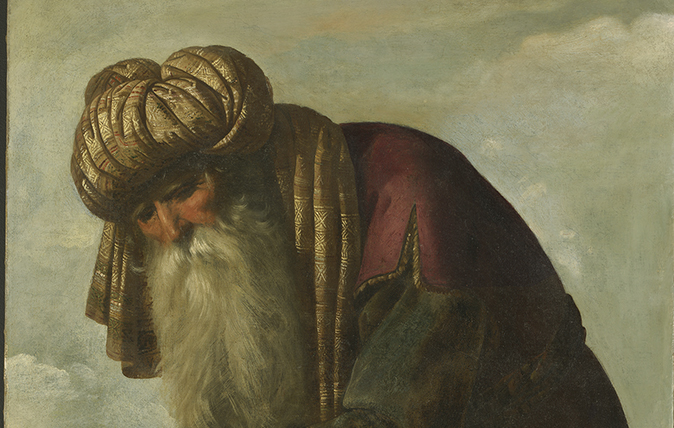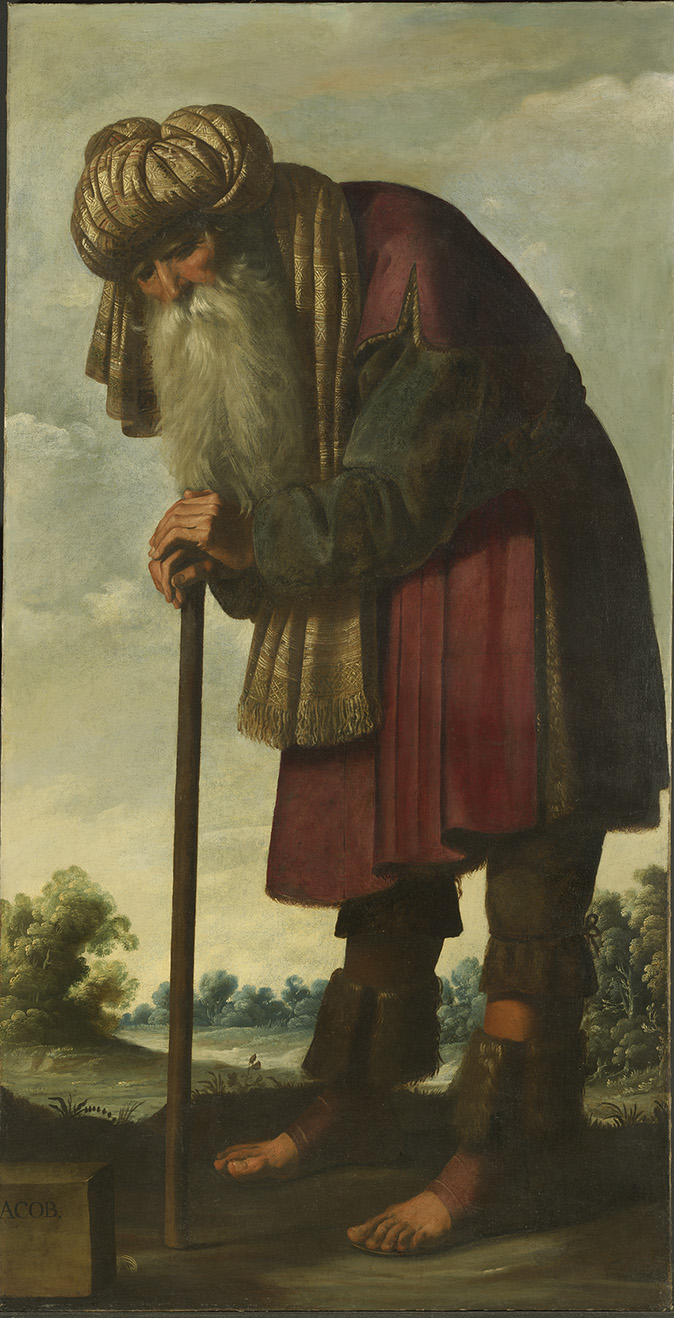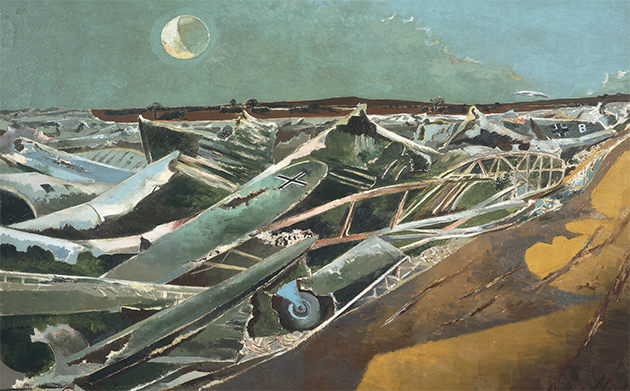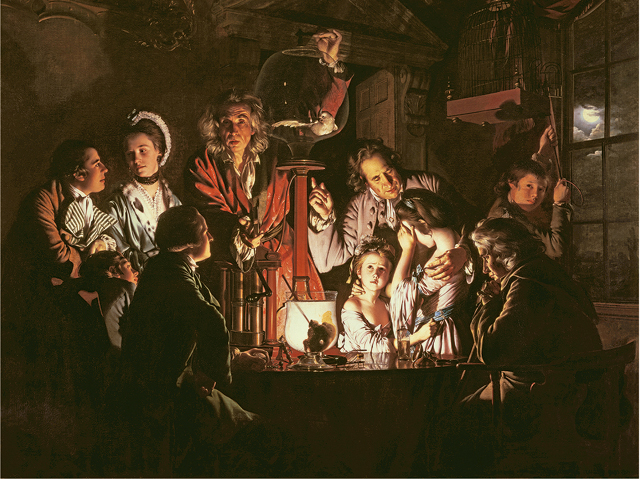My favourite painting: Jonathan Ruffer
'I particularly love Jacob because the old dreamer, white-bearded and out of steam, was the father of 12 sons'



Jacob, about 1640, by Francisco de Zurbarán (1598–1664), 6¾ft by 3½ft, The Bishop’s Palace, Auckland Castle, Co Durham
Jonathan Ruffer says: I was a slow starter when it came to pictures, but the delayed fuse is capable, nevertheless, of a big bang. For me, the detonation occurred as I searched for a way to help the North-East: the news that the Church Commissioners were selling the celebrated Zurbaráns at Auckland Palace. It struck me as a swizz: had the pictures hung in, say, Salisbury Cathedral, the outcry would have silenced even the most rapacious asset-stripper. I wished to see them safe and acquired them for the region. I particularly love Jacob because the old dreamer, white-bearded and out of steam, was the father of 12 sons. Newmarket would have been proud of him.
Jonathan Ruffer is an investor, art collector and philanthropist.
John McEwen comments on Jacob: In 2010, there was a national outcry when the Church of England proposed to sell Zurbarán’s stately series of paintings ‘Jacob and His Twelve Sons’ from the Bishop of Durham’s palace at Auckland Castle (Country Life, December 3, 2010). The paintings, bought in 1756 by Richard Trevor, Bishop of Durham, were the first by Zurbarán to come to England and are today one of the most significant collections of his work.
Despite a national campaign, they would surely have gone abroad had not Jonathan Ruffer, Christian evangelical and fund manager, stepped forward and bought the paintings—‘a pearl of great price’—for £15 million. ‘I wanted to do something for the North-East,’ he said. Nonetheless, he credits Lord Rothschild for ensuring they remain in situ: ‘A present-day Jacob: I feel the wheel has come full circle.’ The castle is now a public amenity and the Bishop still has an office.
Bishop Trevor (1707–71) was the son of the first Baron Trevor. He was noted for his piety, broad-mindedness and love of architecture and art. In his day, there were 8,000 Jews in England, who, like Catholics, had few rights. The Jewish Naturalisation Act (‘Jew Bill’) was passed in 1753, but revoked after public uproar.
Trevor was a strong advocate of the Bill. He bought the Zurbaráns (for £124) on the death of their owner, James Mendez, a Jewish merchant in London. They were a declaration of his support for English Jewry, emphasised by hanging them with Artus Wolfaerts’ pictures of the four Evangelists to show the allegorical relationship between the Twelve Sons of Jacob and the Twelve Apostles.
Exquisite houses, the beauty of Nature, and how to get the most from your life, straight to your inbox.
The pictures are currently in America while the Bishop’s Palace is being restored, where they will be exhibited at Meadows Museum, Dallas (September 17–January 7, 2018) and the Frick Collection, New York (January 31–April 22, 2018).

My favourite painting: Robert Macfarlane
Robert Macfarlane chooses his favourite painting for Country Life.

My favourite painting: Nicola Shulman
Nicola Shulman chooses her favourite painting for Country Life.

My favourite painting: Patrick Gale
Patrick Gale chooses his favourite painting for Country Life.
Country Life is unlike any other magazine: the only glossy weekly on the newsstand and the only magazine that has been guest-edited by His Majesty The King not once, but twice. It is a celebration of modern rural life and all its diverse joys and pleasures — that was first published in Queen Victoria's Diamond Jubilee year. Our eclectic mixture of witty and informative content — from the most up-to-date property news and commentary and a coveted glimpse inside some of the UK's best houses and gardens, to gardening, the arts and interior design, written by experts in their field — still cannot be found in print or online, anywhere else.
